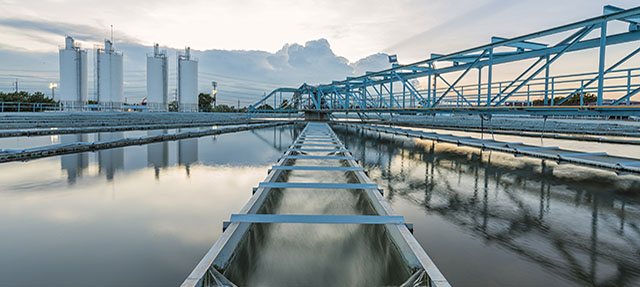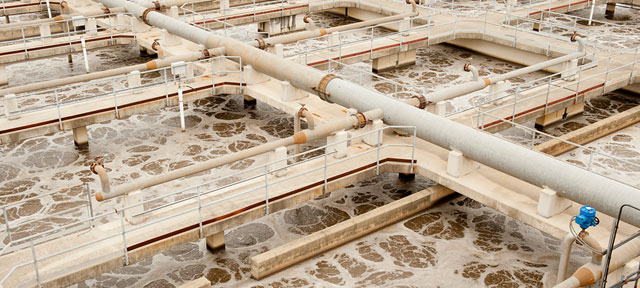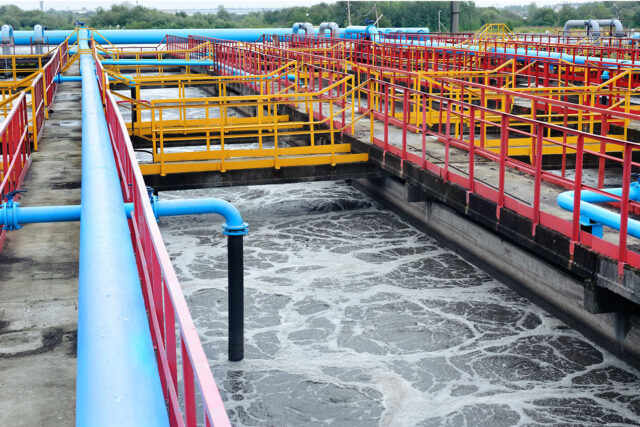With the number of COVID-19 cases rising, public health officials are struggling to keep up with testing and monitoring. Because wastewater carries the virus, it can provide a window into outbreaks. We talked to Eileen White, director of wastewater at the East Bay Municipal Utilities District (EBMUD), about the agency’s role in tracking the spread of the virus.

PPIC: What is EBMUD doing to monitor COVID-19?
EILEEN WHITE: We’ve been working on this ever since the Grand Princess Cruise ship arrived at the Port of Oakland with COVID-19 in its wastewater. We reached out to the Alameda County Department of Public Health and the Centers for Disease Control (CDC) to confirm that they agreed with our approach to managing the ship’s sewage while protecting our wastewater workers. Since then we’ve been monitoring sewage in our service area to see how much virus it contains.
Testing wastewater is a very efficient way to learn about the virus. We can take samples at strategic locations to identify the prevalence of COVID-19. You can test areas with nursing homes or schools, for example. It’s like detective work, finding the specific sewersheds where the virus is rising. This doesn’t replace individual tests. But because lab backlogs are making it hard to process individual tests for the virus in a timely way, testing wastewater can help guide public health departments where they need to ramp up individual testing.
A number of studies from around the world have demonstrated that testing wastewater influent is a cost-effective way to detect and track regional COVID-19 outbreaks. It costs more than $100 per person to be tested; for the same money, a wastewater sample will show prevalence of the infection in more than a thousand people. Here at EBMUD we’re working to get our analytical methods finalized—we are moving quickly and pushing hard. We have also been sending samples to the University of South Carolina, which has a lab equipped for this kind of work, and are also partnering with the CDC, UC Berkeley, and Stanford.
PPIC: What can wastewater testing show about the virus in a community?
EW: Testing wastewater allows us to monitor trends in real time, evaluate community presence and infection rates, prioritize focus areas, and observe the impact of shelter-in-place orders. It gives public health departments a leading indicator of infection rates rather than the lagging indicator of case counts, which only occur many days after infection. This allows them to figure out in advance how the disease will increase in a particular area, and to get hospitals and ICUs ready for a surge in cases.
The unfortunate reality is there is no vaccine yet, not enough testing capacity, and it’s taking too long to get results. We’re not yet at a stage yet where we can predict exact numbers, but this data is a valuable indicator of where to increase testing.
PPIC: Is funding for this type of monitoring an issue?
EW: The analytical work is the biggest cost. Many wastewater agencies in the Bay Area and throughout the state are interested in getting their wastewater tested for COVID-19. This is an area where cooperation and capacity sharing among wastewater agencies are proving extremely important. We are pursuing funding to pay for this analytical work from a number of sources—the CDC, the state, and some foundations. This effort is taking our mission of protecting public health to a new level, and we’re gratified to be able to play a role in trying to stop the spread of this global pandemic.




